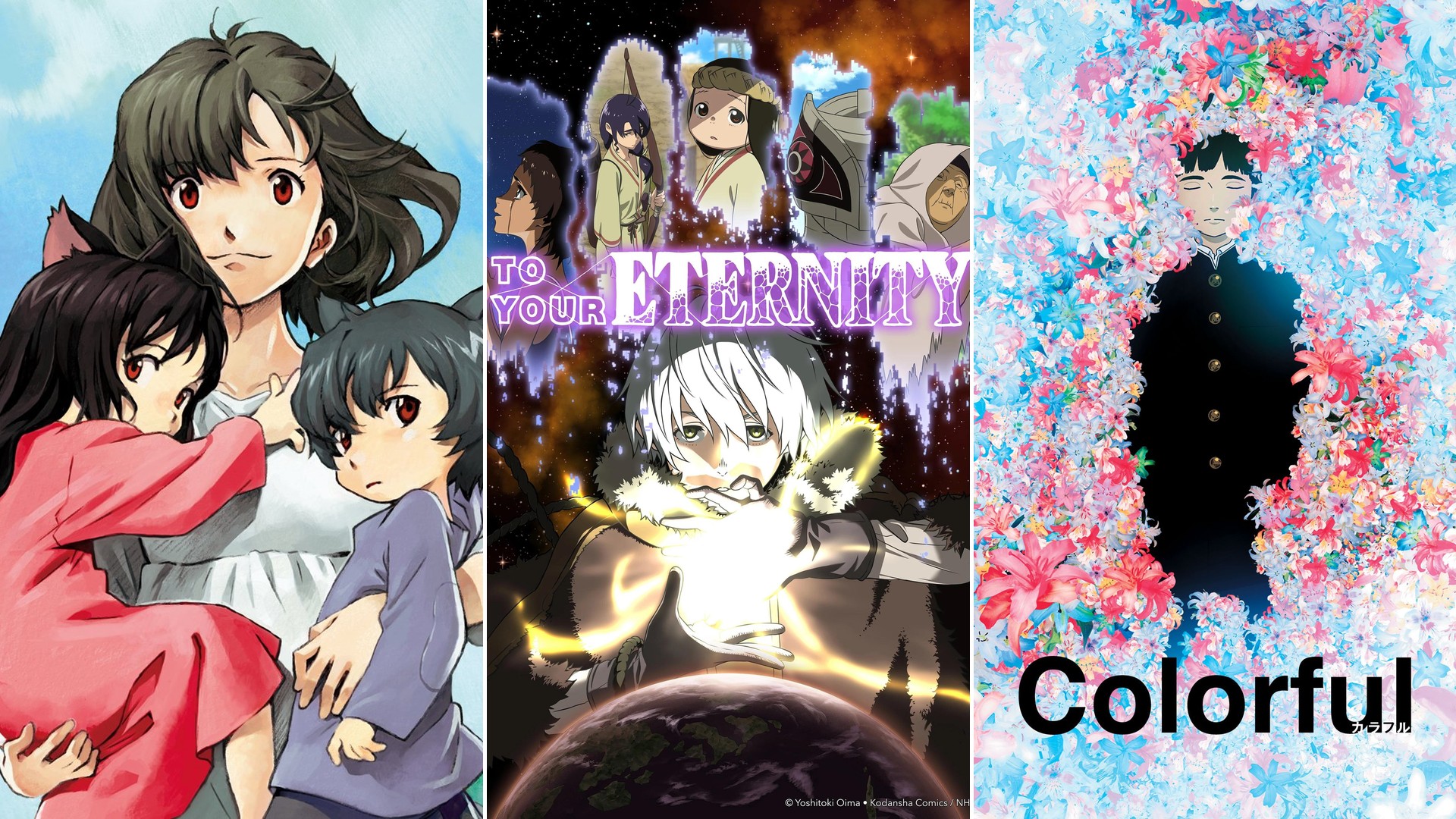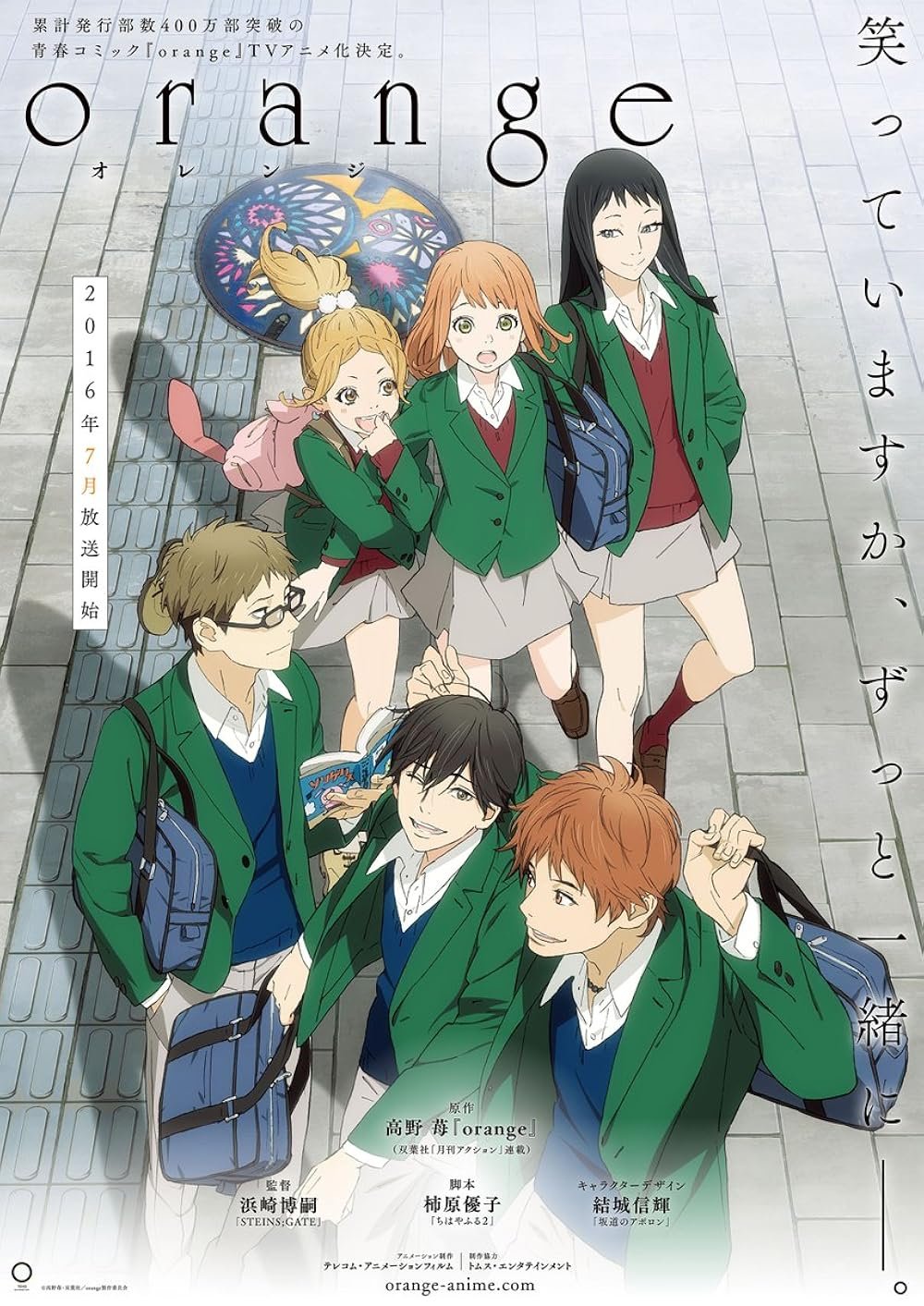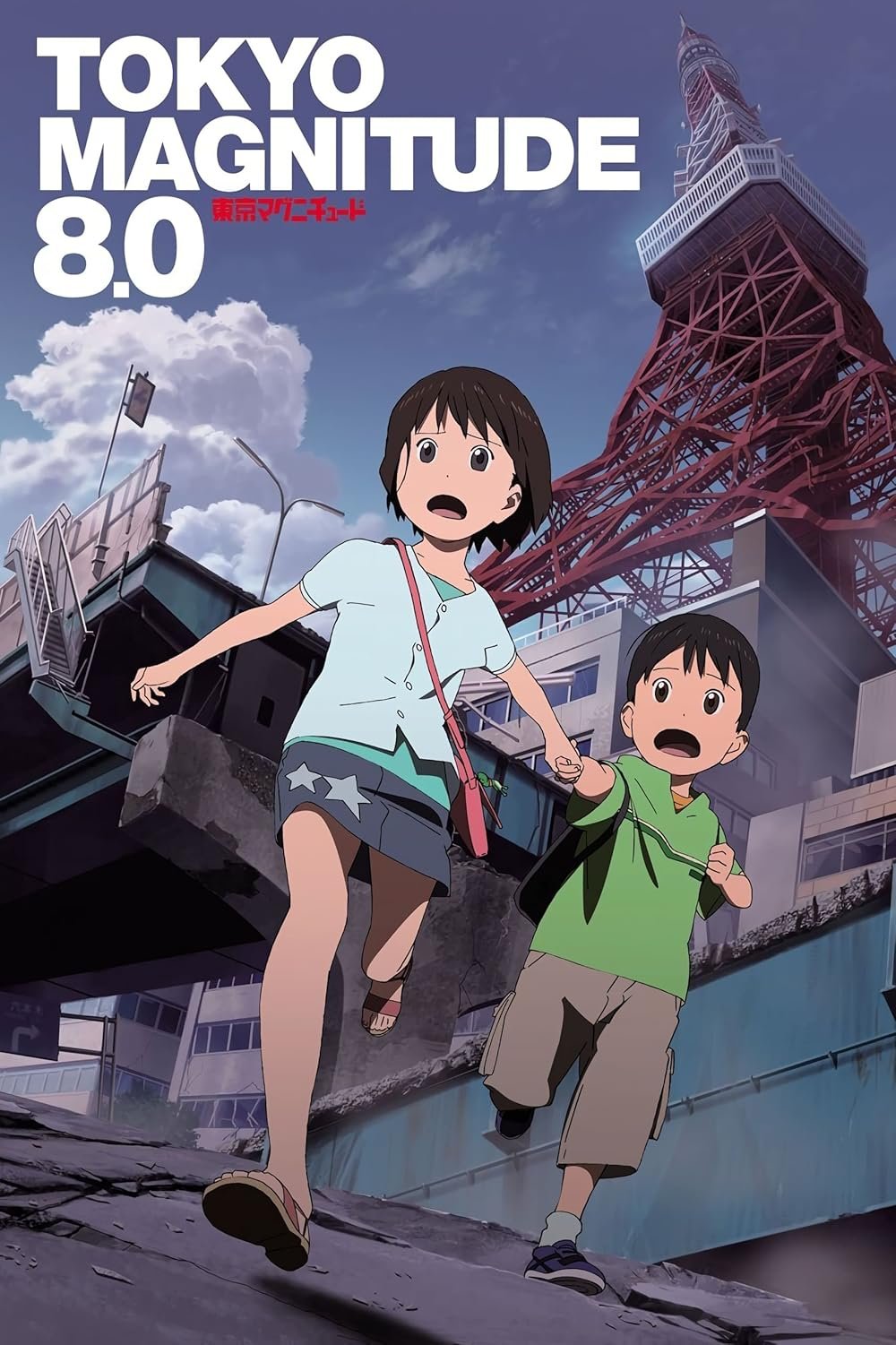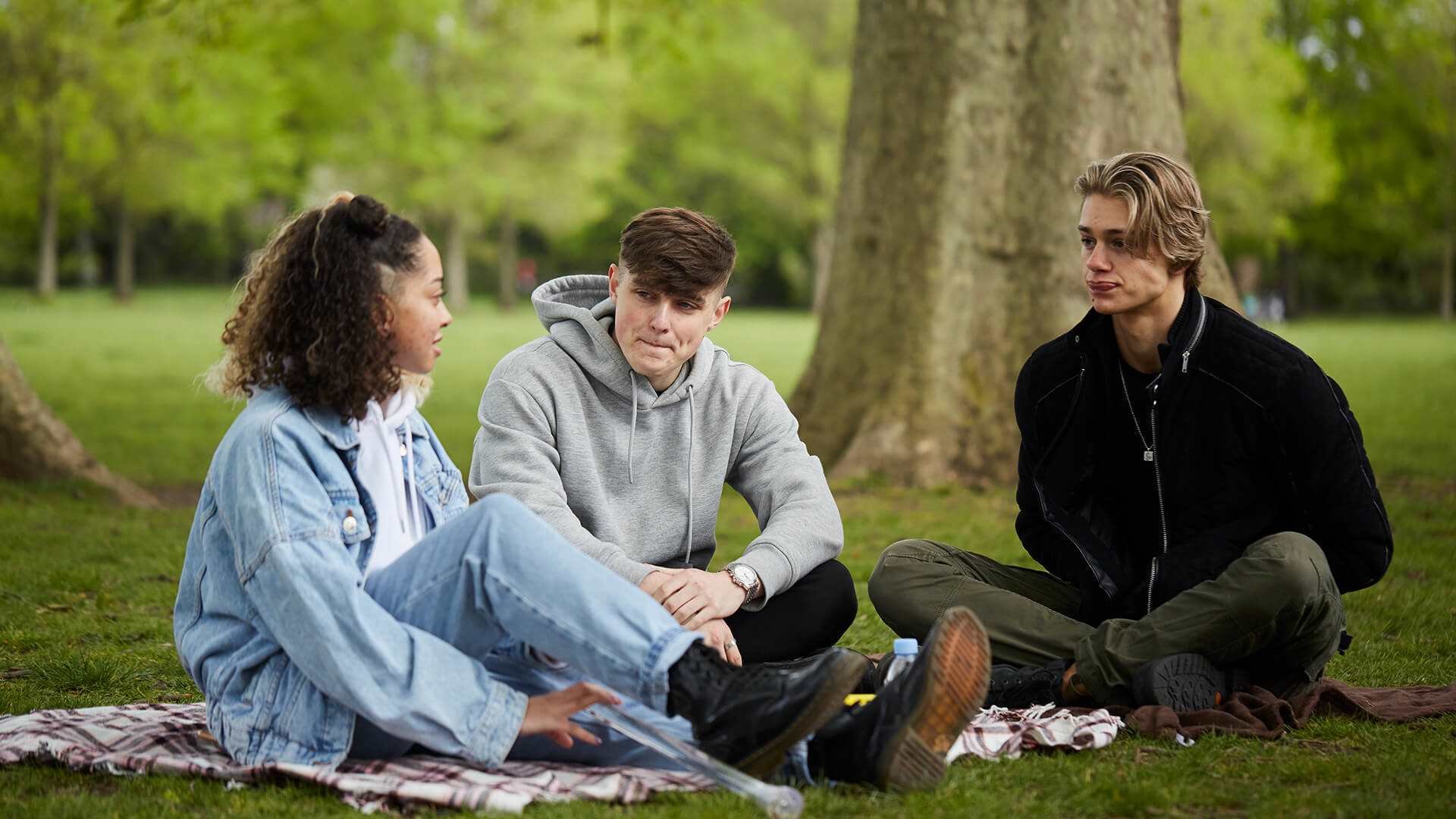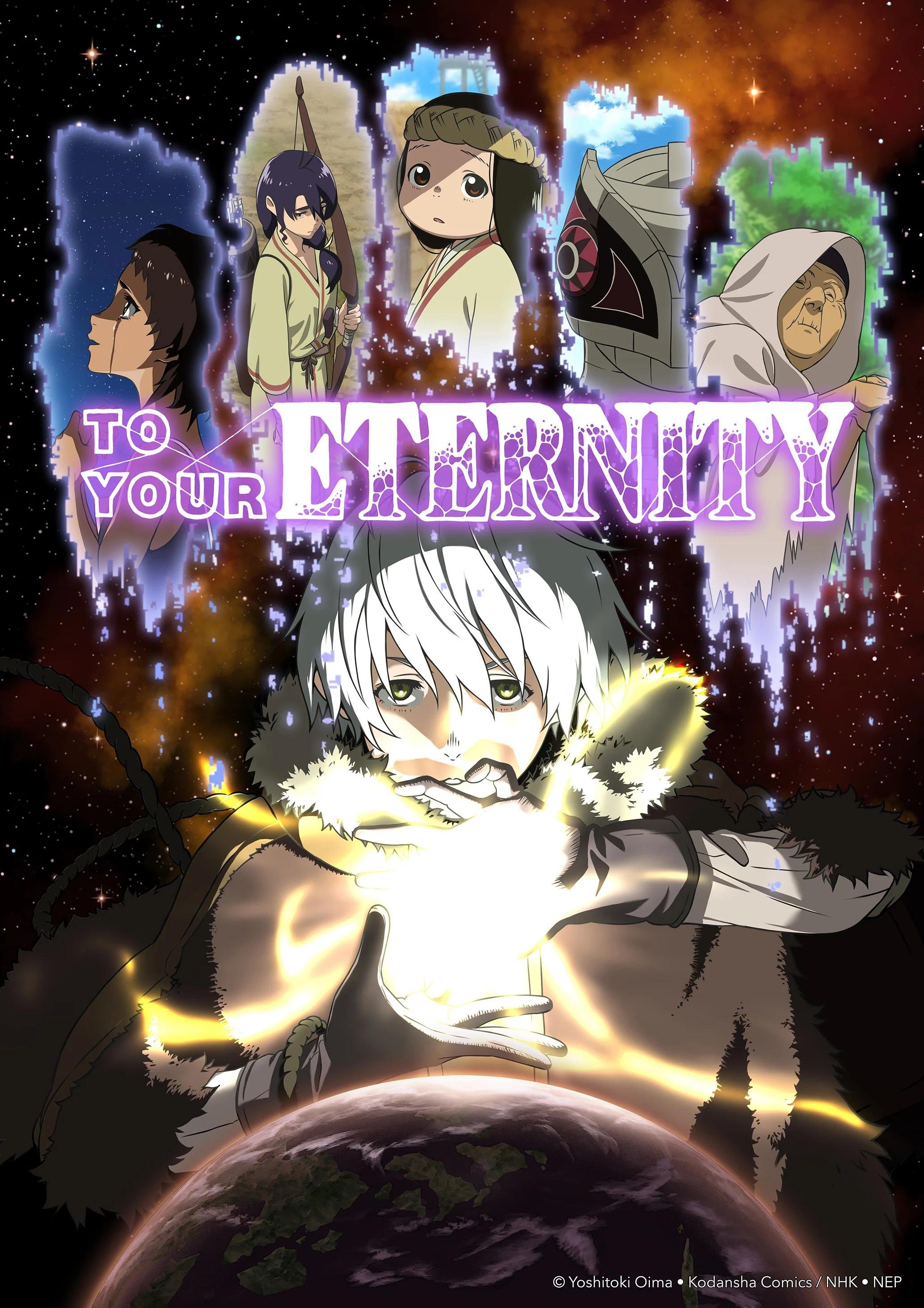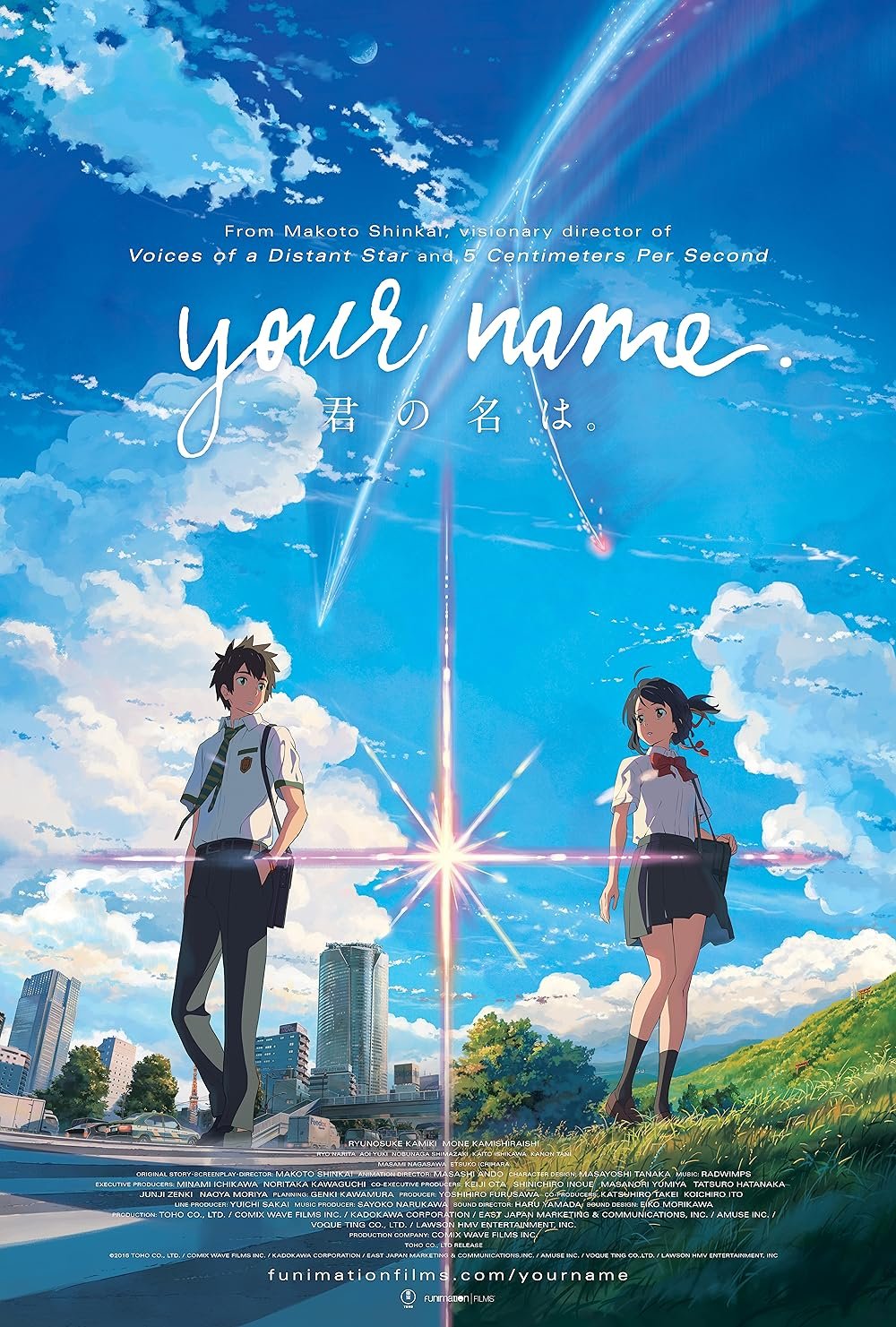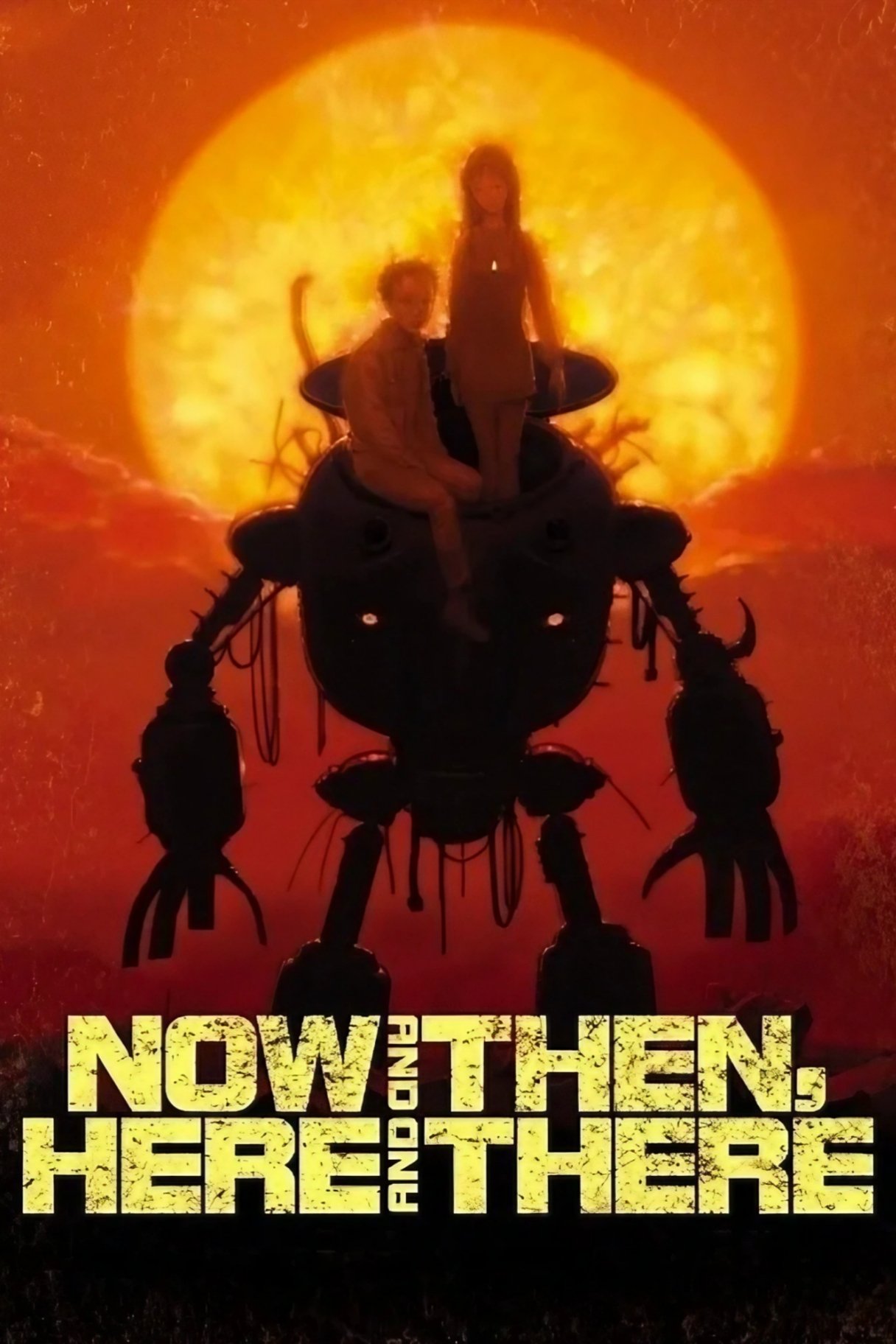These titles linger because their loss and hope feel personal. Each pick here balances heartbreak with small moments of grace, the kind that stick long after the credits. The countdown starts lighter and grows heavier as it reaches the top.
Some entries are quiet slice‑of‑life stories, others are wartime tragedies. All of them use animation to push feeling in ways live action rarely can. Expect spoilers kept to a minimum and expect themes of grief, love and ties that do not fade. Take your time with the heaviest ones.
25. Weathering With You
Makoto Shinkai’s film pairs first love with a sky that will not stop raining. The romance between Hodaka and Hina is warm, but the story asks what it costs to save one person. The final choice leaves a melancholy afterglow that colors every earlier scene. City and climate become characters too.
The idea of a “sunshine girl” is magical, yet the film ties it to sacrifice. Hina’s power brings clear skies, but it demands a price that grows heavier by the day. Tokyo’s floods feel huge, but the pain is most vivid in small moments like rooftop meals and quiet prayers. The ending accepts love over perfect outcomes, which can feel both selfish and painfully human.
Shinkai’s lighting and sound carry the ache. Rain beats down like doubt, then breaks just long enough to remind you what is at stake. The final reunion is tender and uncertain at once, which is why the sadness here lingers rather than crushes. Not every disaster needs a tidy fix.
24. Orange
Orange follows a group of friends who try to change the past to save Kakeru. Letters from the future push them to act before regret hardens into truth. The show treats depression with care, showing how hard it is to see pain in someone you love. Silence can be loud in these halls.
The friends’ plan is simple on paper. Be kinder. Invite him out. Keep him close on the hard days. What makes it moving is how fragile those plans feel when life gets busy. Little choices add up and the anime shows how one missed text can carry weight later.
Romance is present, yet the heart is friendship. Scenes at the school track and summer festivals carry a bittersweet tone because you know the clock is ticking. The series often pauses to show Kakeru’s view, which keeps his struggle from becoming a plot device. That empathy is the show’s strength.
By the end, Orange argues that support does not erase pain, but it can shift it. The sadness comes from how close they come to losing him and how easily that might still happen to someone else. Trying matters even when outcomes stay uncertain and the series holds that truth gently.
23. The Garden of Words
This short film lives in rainy mornings. A teen aspiring shoemaker and a woman skipping work share a quiet bench, trading small talk that grows into solace. The age gap is handled with restraint and distance, which makes their bond feel tender and wrong in equal measure. Rain ties them together.
Shinkai uses hyper-detailed shots of leaves and puddles to mirror emotion. The story hurts because the world will not adjust for them. Life pulls them apart with realistic force: jobs, rumors and the need to grow. Their moments together feel stolen, which is why each goodbye carries weight.
The scene in the empty classroom is raw and clumsy, honest in a way that many romances avoid. They speak past each other, then finally name what they mean. It does not fix anything. That choice leaves a bittersweet aftertaste that suits who they are right now. Timing is everything.
Shoes become a promise. He builds a future with his craft while she finds the strength to step back into hers. The sadness sits in what might have been, not tragedy. It proves how a short, simple story can leave a long echo.
The last shot of the garden after the storm makes their connection feel real even as it ends. The film trusts quiet to carry feeling and it works. Sometimes calm hurts more than tears.
22. Hotarubi no Mori e
A girl and a forest spirit meet every summer. They cannot touch or he will vanish. That rule turns small gestures into stakes. Their bond is pure, simple and doomed by design. Every visit feels borrowed.
The film uses light and cicada songs to stretch fleeting hours. Gifts and games stand in for hugs that can never happen. You feel the squeeze of time even in the happy scenes, because the rule is always there. When the boundary finally breaks, it is tender and final.
Nothing here is padded. The ending lands because the story kept things small and honest. It is a reminder that sadness does not need death or war to hit hard. It just needs two people who cannot share a touch.
21. Tokyo Magnitude 8.0
This series imagines a major quake hitting Tokyo and follows siblings trying to get home. The realism is striking, from collapsed roads to tired shelters. It builds empathy for disaster survivors without spectacle. Every step is heavy.
Mari, a delivery rider, guides them through a city turned hostile. The bond among the three grows as supplies run low and news stays scarce. The show does not rush the hardship. It lingers on broken bridges, missing family boards and long lines for water. These details carry the real pain.
There is a reveal late in the series that reframes earlier scenes. It is handled quietly and makes rewatching hit much harder. The sadness comes not only from loss, but from how children process it. The final walk home is simple and shattering because the world keeps moving. Aftershocks are emotional too.
Tokyo Magnitude 8.0 respects emergency workers and neighbors who help each other. It shows hope without pretending everything will be fine. That balance makes its grief feel true.
20. 5 Centimeters per Second
First love drifts apart under the grind of distance and time. Trains, messages and missed meetings sketch a map of what-ifs. The film’s three parts trace how a single attachment can shadow years. It hurts because it stays ordinary. No villain, only delay.
Shinkai’s skies and cherry blossoms are lovely, but they also show how beauty does not ease loneliness. The famous crossing scene lands because both characters have changed and the world refuses to pause for their reunion. The song in the final montage seals a quiet loss.
Few films respect the weight of timing like this one. It says that drifting apart is not failure. It is life. That truth is soft and brutal at once, leaving a sting that many viewers recognize. Some memories keep pace without moving.
Rewatching highlights the small kindnesses and small hurts. A text not sent. A letter unsent. The pacing mirrors waiting on a cold platform, which makes the last cut all the more crushing.
It is not about getting back together. It is about learning to live with the gap. That modest scope is why the sadness here feels so credible.
19. Colorful
A lost soul gets a second chance by living in the body of a boy who died. The goal is to learn what led to the boy’s despair and to make better choices. The setup is fantastical, but the problems are painfully real at school and home. Small lies pile up.
Colorful is blunt about shame and guilt. It does not glamorize growth and it refuses easy forgiveness. The guardian character offers guidance without fixing things, which keeps the focus on the boy’s agency. That makes every step toward empathy feel earned.
Also Read
10 phrases that sound supportive but are actually a subtle sign of manipulation
The final reveal ties the themes together without a neat bow. It asks you to sit with discomfort and compassion at once. The film’s sadness is heavy, but the ending leaves room for a fresh start.
18. Wolf Children
After a gentle romance ends in sudden tragedy, Hana raises two children who are part wolf. The film moves from city to countryside as she builds a life around their needs. It is a portrait of parenthood under pressure. Love gets practical.
The kids’ paths split as they grow. One seeks the wild, the other seeks school and friends. Hana supports both, even when it hurts. Her quiet patience becomes the movie’s spine, stronger than any speech. Scenes of snow, gardens and leaky roofs carry the weight of years.
There is joy here, but it is threaded with worry. Every parent fear shows up in some form: illness, accidents, drifting apart. The film respects children as their own people, which makes the final choices feel right even as they break your heart.
Also Read
10 Phrases That Sound Supportive But Are Actually a Subtle Sign of Manipulation
The last calls across the mountains and the silent goodbyes underline how love can mean letting go. The sadness is not a defeat. It is a mark of how fully they lived. Growing up is also moving on.
17. Rainbow: Nisha Rokubou no Shichinin
Seven teens share a cell in a postwar reformatory where abuse is common. They survive by building a brotherhood that the system tries to break. The show is raw and sometimes hard to watch, but that is its point. Found family keeps them alive.
Each boy carries a different wound. Some dream of stage lights, others just want a job and a meal. When freedom comes, new hardships replace old ones. The series never pretends that leaving the gate fixes trauma. Progress is slow, which makes small victories precious.
Villains feel frightening because they are plausible. Power goes unchecked and mercy is rare. Yet the friends share food, plans and jokes in the worst places. Those moments hold the show’s heart.
Also Read
People With Low Emotional Intelligence Often Miss These 6 Social Cues
Loss hits several times and it never feels cheap. The sadness grows from the math of their world: too few chances, too many doors shut. Still, the promise they make to meet again is a lifeline the story honors.
Rainbow earns its tears by respecting the cost of hope. When one of them stands on a stage or opens a shop, it feels like a win for all seven. That is why it hurts when dreams fall short.
16. To Your Eternity
An immortal being learns life by losing it over and over. It starts as a stone, then a wolf, then a boy and keeps traveling. Each new friend teaches it language, care and grief. The show is a study of mortality through an outsider’s eyes. Memory is the real body.
Early arcs with lonely villages and found families are devastating because the immortal cannot save everyone. When people die, their forms live on in it, turning love into literal shape. That idea is beautiful and painful.
Also Read
8 Weird Habits You Don’t Realize You Have From Growing Up In A “We Can’t Afford It” Household
The series balances adventure with quiet scenes by firesides or grave markers. It asks what it means to keep moving when time has no end. The saddest truth is that understanding people requires losing them.
15. Your Name
Two teens swap bodies across space and time, then race to stop a disaster that one of them has already lived through. The movie hooks you with humor, then deepens into a story about memory and fate. The sadness is rooted in missed connections. Names slip away like dreams.
When the timeline twist lands, it reframes their playful notes and quarrels. Every joke becomes a clue and a countdown. The comet scene is stunning, but the quiet search in Tokyo hurts more. They pass each other again and again, almost remembering. That ache is the film’s engine.
The ending offers hope, but not certainty. They find each other, yet we do not hear what they say. That restraint keeps the yearning alive beyond the credits. The film argues that even if we forget, the feeling remains, tracing a thread through ordinary days.
Also Read
10 Phrases That Sound Supportive But Are Actually A Subtle Sign Of Manipulation
Shinkai’s use of trains, stairs and city overlooks turns geography into longing. The soundtrack pushes momentum without drowning the emotion. Every craft choice serves the core question: how do you hold on to a moment that refuses to stay?
14. Banana Fish
Ash Lynx is a young gang leader shaped by abuse and violence. Meeting Eiji brings warmth he did not think possible. Their bond forms the calm in a storm of crime and coverups. The series is sleek and brutal at once. Kindness is rare and priceless here.
Banana Fish pushes its cast through betrayals and brief refuges. It treats trauma seriously and does not flinch from its effects. Eiji’s presence changes Ash, but it cannot fix a world built to crush boys like him. That tension fuels the show’s tragedy.
Moments with found family offer light: shared meals, photography, plans for a trip that may never happen. These scenes make the violence hurt more because you see what could be. The writing respects the cost of survival and the finale follows that logic to a devastating end.
Also Read
8 Cringey Phrases Older Relatives Use at Family Dinners That Younger Guests Dread
The last images are quiet, which is why they break you. The show does not shout its message. It leaves you sitting with grief and the small grace of love that happened anyway.
Banana Fish lingers because it refuses neat answers. It gives you a love story in a place that cannot hold it. That contrast is where the sadness lives.
13. Now and Then, Here and There
A cheerful boy is pulled into a dying world ruled by a tyrant who uses children as soldiers. The color palette is soft, but the story is harsh. It is one of anime’s starkest looks at war and stolen childhood. Hope is stubborn here.
